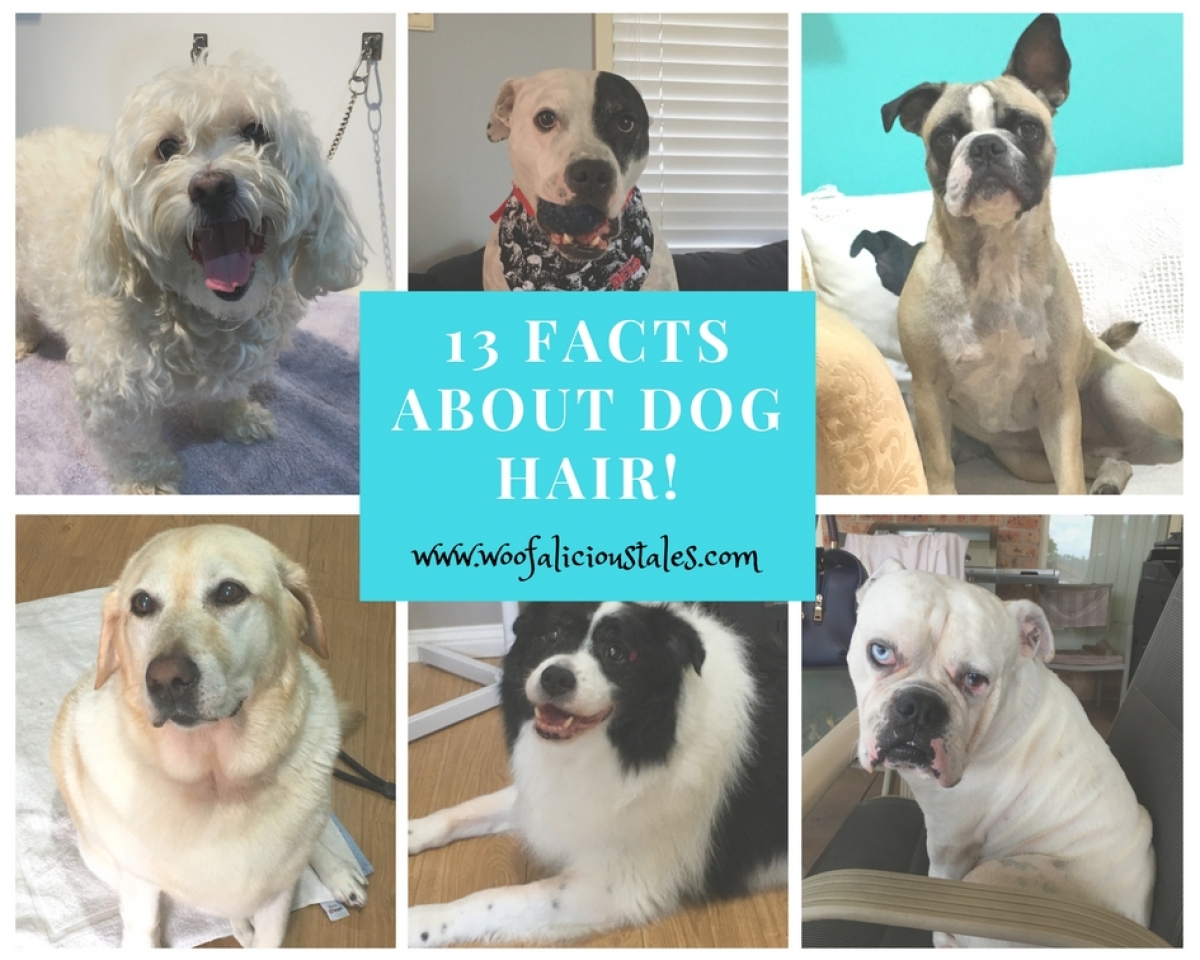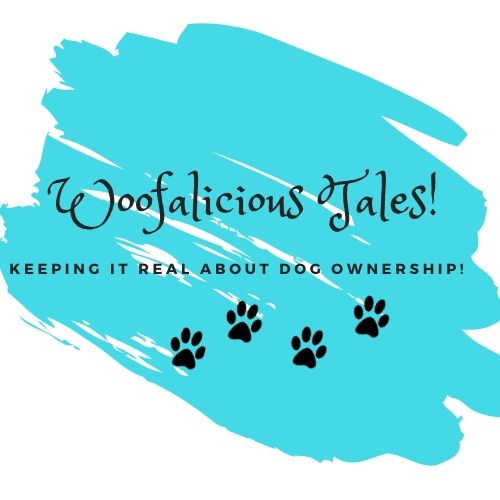
Part of my work is dealing with dog hair each and every work day.
For every dog owner I think it’s important to know and understand your dog’s hair.
What stages does your dog’s hair go through, what can your dog’s hair tell you about their health, there’s so many questions?
Check these facts out.
13 FACTS ABOUT DOG HAIR!!
Fact One
Majority of all dogs have hair.
Dog hair comes in all sorts of textures and lengths – short, long, thick, thin, straight, wavy, curly, dark, light and anything in between.
Then you’ve got the combinations of the above – short and thick, long and thin, medium and curly, short and thin etc, the list goes on.
Fact Two
A dog’s hair (generally – depending on the climate) will start to thicken up in autumn (fall) in preparation for the cold Winter weather. So it has a nice warm thick coat for winter.
In Spring a dog’s hair will start to malt (fall out) in preparation for the heat of summer (the excess malting hair is from the thick winter coat). So it has a cooler coat for the summer.
I had a customer call me once all concerned because his Husky’s hair was coming out in clumps! I had to reassure him that this was a natural occurrence.
However, if your dog’s hair is coming out and causing bald patches, a vet needs to be seen.
Fact Three
Most dogs will shed hair all year round.
However, as mentioned above it will increase in the warmer months, but yes, ALL YEAR ROUND!
So when choosing a dog, choose wisely but know pretty much if you own a dog, there’s going to be dog hair!
There are ways to deal with dog hair but that’s definitely for another post.
Fact Four
It’s not just long haired dogs that shed. Short haired dogs shed as well.
My friend bought a pug and she absolutely loves him, but she said if she had’ve known how much pug’s shed (she didn’t ask me) she maybe would’ve thought twice.
Staffies drop hair, jack Russell’s drop hair just to name a few, don’t be fooled into thinking it’s just long haired dogs.
Fact Five
Some dog breeds are supposedly designed not to shed.
Speaking to customers who own ‘oodle’ breeds (anything crossed with a poodle) some do actually drop hair. I always say it depends how much percentage of actual poodle is in the cross breed.
Anything ‘oodle’ whether it sheds or not, will NEED TO BE BRUSHED DAILY, because they knot really easy.
Fact Six
No matter what length of hair your dog has, it still needs to be brushed.
Brushing a short-haired dog helps stimulate the dead hair out of the coat. Once per week is generally enough, it can be enjoyable for your dog too and a good bonding experience.
For a longer haired dog, whether they shed or not they’re always prone to knots. So brushing them more regularly will be beneficial for both. At least three times per week if not every day.
Fact Seven
Your dog’s hair (coat) can give you a good indication on your dog’s health.
A nice thick (depending on the breed) shiny coat is an indication of good health.
If the hair is falling out in patches (not malting), is oily or greasy, dry with flakes, is an indication that something is not right.
It might be time to look at the nutrition in the food they are eating as a start.
Fact Eight
Not all dogs should have their hair shaved.
Over the years I’ve had people ask me to shave their short-haired dogs, their Huskies, Malamutes, Samoyeds etc.
In rare cases it’s inevitable because of the state the dog may be in, but generally just because your dog drops hair is no reason for it to be shaved off to the skin if at all (depending on the breed).
There are other ways around both of those reasons.
Fact Nine
Dog’s need their hair for protection.
Your dog’s hair protects them from the weather believe it or not!
I’ve also had people tell me to shave ALL their dog’s hair off, AND they were serious!!!! Reason being, they drop hair everywhere or they’re hot.
Unless it’s for surgical reasons, you never shave ALL your dog’s hair off to the skin.
As stated above, dog’s drop hair, just as humans do. Billy drops his hair, I find strands of my hair and Dean’s hair, am I going to shave all our hair off, NO!
In hot weather EVERYONE feels the heat, some cope with it more than others, but being hot is no reason to shave off your dog’s hair to the skin, neither is dropping hair an excuse.
Fact Ten
It’s not the dog hair you’re allergic to it’s the ‘dander’.
Dander is the dead flakes of skin that your pet sheds.
We all shed skin as well, but in cases of someone being allergic to the dog, it’s the dander not the hair.
My friend loves dogs and she has one of her own even though after every time she is with him she is itchy.
Fact Eleven
Dog’s hair grows in cycles.
Anagen stage = actively growing dog hair.
Catagen stage = dog hair is at it’s determined length.
Telagen stage = hair is dormant.
Exogen stage = hair shedding begins!!!
Did you know that some hair follicles in dogs can have more than one hair growing out of it??
Fact Twelve
Dog’s whiskers are stiff tactile hairs.
Whiskers are generally found on the lips, muzzle, cheeks, throat and above the eyes.
They record ‘touch’ information whenever the hairs are moved.
Fact Thirteen
A dog’s hair colour can alter and or change from when they are a puppy into adulthood.
I have a customer who has a toy poodle when she started coming in she was a light tan colour, now she is all white!
Billy, besides the black patch on his eye, was all white when I got him as a puppy, now he has black spots on his ears and his skin pigmentation has lots of black dots.
Older dogs with coloured hair start to go white as they get older.
WHAT DOES ALL THIS MEAN?
If you’re going to buy a dog, don’t be deluded into the fact that you won’t have to deal with dog hair.
These are 13 Facts About Dog Hair that are good to know.
Share with us in the comments what type of dog/s you have and how you deal with their dog hair.
Cheers



Leave A Comment